I’ve long talked about how one of the major hurdles to EV adoption in the US is that roughly 40 percent of US households don’t have convenient access to EV charging overnight where they live. These are people who live in apartments, condominiums, and urban settings where they don’t have a garage. In essence, unlike single-family households with garages, these car owners don’t control their own charging destiny.
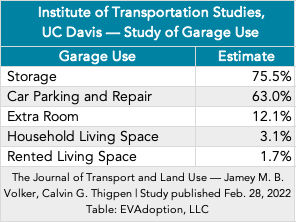
But I recently came across an article and data that suggests that perhaps more than one-third of US households with garages don’t actually park their cars in them. Ouch. The study by Jamey M. B. Volker and Calvin G. Thigpen at the Institute of Transportation Studies, UC Davis, and published in The Journal of Transport and Land Use (Note: study PDF will automatically download) estimated that 37% of the households in the Sacramento, CA market they studied do not use their garage for parking cars.
Said another way, only 63% of the households studied in the Sacramento market used their garages to park or repair their cars and trucks. But an estimated 75.5% used their garages for storage and 12.1% use their garages for an extra room, such as a hobby room, gym, or entertainment area (“man cave”).
The most common individual use is for storage, with over 75% of households using their garages for this purpose. This exceeds the 63% of households that use their garages at least partially for their intended purpose, car parking. Another somewhat common use was as an extra room (12%), while the other use cases (as a living space used by the household or rented to a tenant) were much less common.
The Journal of Transport and Land Use — Jamey M. B. Volker, Calvin G. Thigpen
While I was aware of this trend — I see it loud and clear in my own neighborhood — I hadn’t realized how wide-spread this trend actually was in the US. Other studies referenced in the UC Davis report put the percentage of homes with garages that don’t actually park cars in them both above and below the author’s own findings depending on the market.
Statistics gathered by the website GarageLiving.com provide additional data points:
- Of 1,500 North American respondents to a Garage Living poll, 20% said they were unable to park in their garage.
- A Sparefoot survey of 1,000 Americans found that 47% of them admitted to encountering problems with being able to park in their garage.
- And another UCLA study of 32 Los Angeles-area families found that 75% of them didn’t use their garages for parking.
- 25% of people with 2-car garages don’t park in them at all (US Department of Energy)
With studies and surveys ranging from 20%, 25%, 37%, 47%, and to 75% — there isn’t a clear consensus on how many households don’t park their cars and trucks in their garages. What is clear, however, is that the percentage is sizable. According to the US Census, there are roughly 91.5 million homes in the US and 81% of these homes have a garage or carport. Doing the math, that is roughly 74 million homes in the US that have a garage or carport. Finally, if we then say that one-third of these households are not able to or chose not to park in their garage, we end up with nearly 27 million.
So if my math and estimates are close to correct, roughly 27 million households living in single-family homes cannot pull into their garage and plug in and charge an electric vehicle. Instead, they will have to run the charging cable or extension cord (not advised) from inside the garage, install a charger outside the garage, somehow charge from the street, rely on public charging, or utilize a mobile charging service (charging as a service).
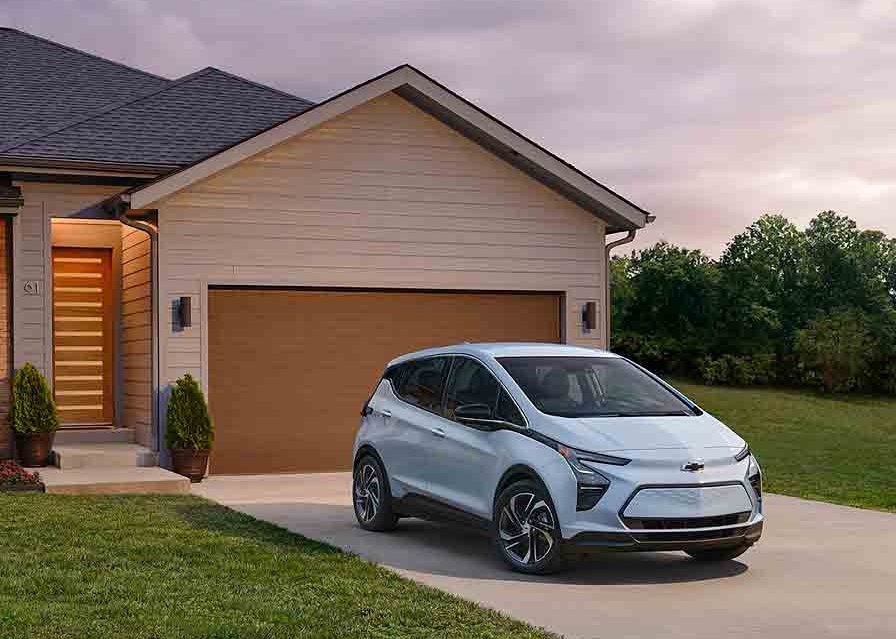
Why does this matter? Well simply put, the more hurdles there are to convenient charging, the slower EV adoption in the US will be.
I recently chatted with someone in the industry who laughed when I talked about these households and he shared that he was one of them. His solution. He drilled a hole in the bottom of his garage door and ran the charging cable from the charger inside his garage to the outside and installed a garden hose holder to hold the charging cable.
Impact on Sales In Cold Weather Regions
While there are more factors involved than the weather, many of the states with a low EV sales share are states with very cold winters. In cold temperatures EV batteries take longer to charge and are less efficient, and will see reduced range as drivers turn up their heaters and seat warmers.
At the National Automobile Dealers Association (NADA) conference in March, I spoke with a Nissan dealer from Fairbanks, Alaska who mentioned that many residents there do not have garages and that EVs and even regular hybrids were a huge challenge due to the extremely cold winters. Because of the reduced range in very cold weather and longer charging time, adoption of EVs among households in cold-winter markets without garages will likely be one of the last buyer segments to purchase EVs.
Solutions for the “EV Charging Challenged” Homeowner Population
Households living in single-family homes but without access to charge in a garage have greater control over their own charging destiny than those who live in apartments and condominiums and who are at the whim of property owners and HOAs. But not being able to pull into your garage and plug in adds additional steps for these households. Following are some of the potential options for these households:
Charging Accessories for EVs Parking in Driveways
In my own neighborhood, I see several EV drivers with long cables from Level 2 chargers in the garage, and extension cords presumably from a 120 Volt outlet. With my estimate of 27 million homes without access to parking EVs in the garage, there should be a sizable market for:
- Weather-proof chargers: Level 2 and Level 1 chargers and outlets that are protected from the rain, sun, snow, and frigid temperatures.
- Longer charging cables: Many residential EV chargers come with 8-, or 12-foot cables which generally work fine in a garage if the EV is parked close to where the charger is mounted. EVs parked in a driveway or on the street in front of the EV driver’s home may need a 24-foot (or longer cable). Perhaps after market extension cables could become a thing in the future? Below is a sample of a 40-foot extension cable from Lectron.
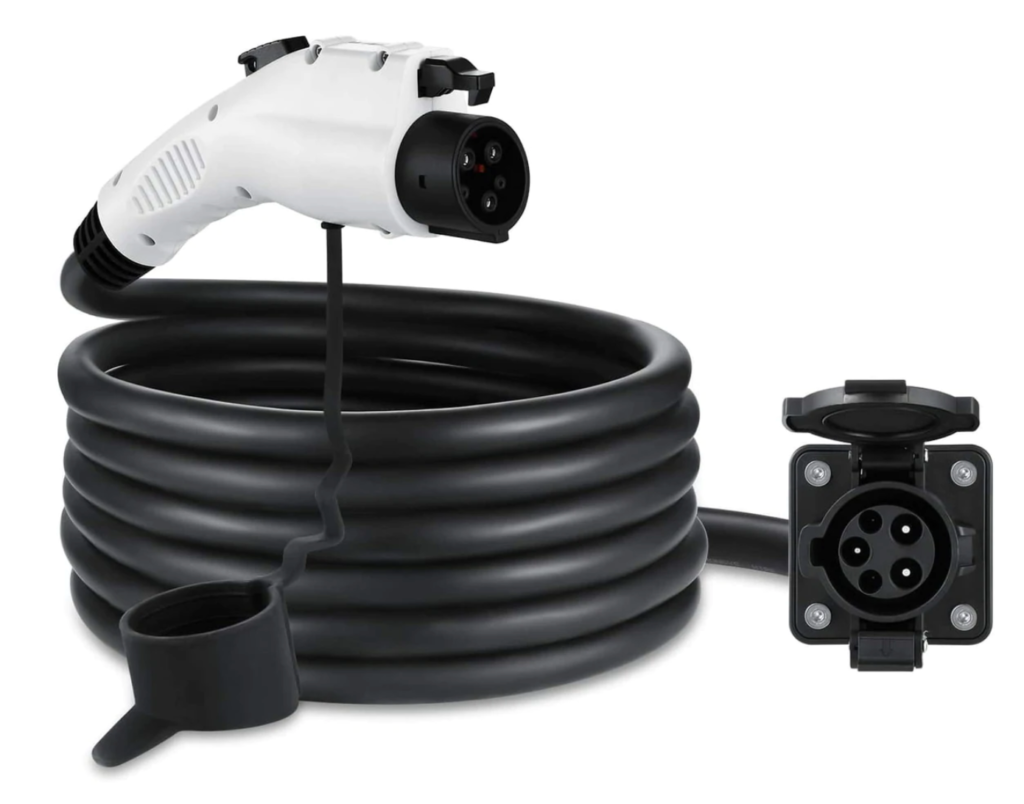
- Outdoor reels to hold the long cables: With the need for long charging cables, many homeowners will want to have a reel for their charging cable similar to what’s used for garden hoses. Doing a quick search, I found products such as the EVReel, from a company of the same name based in The Netherlands which has a premium self-contained solution that you can keep in your car. And the EVOREEL from Phillips & Temro
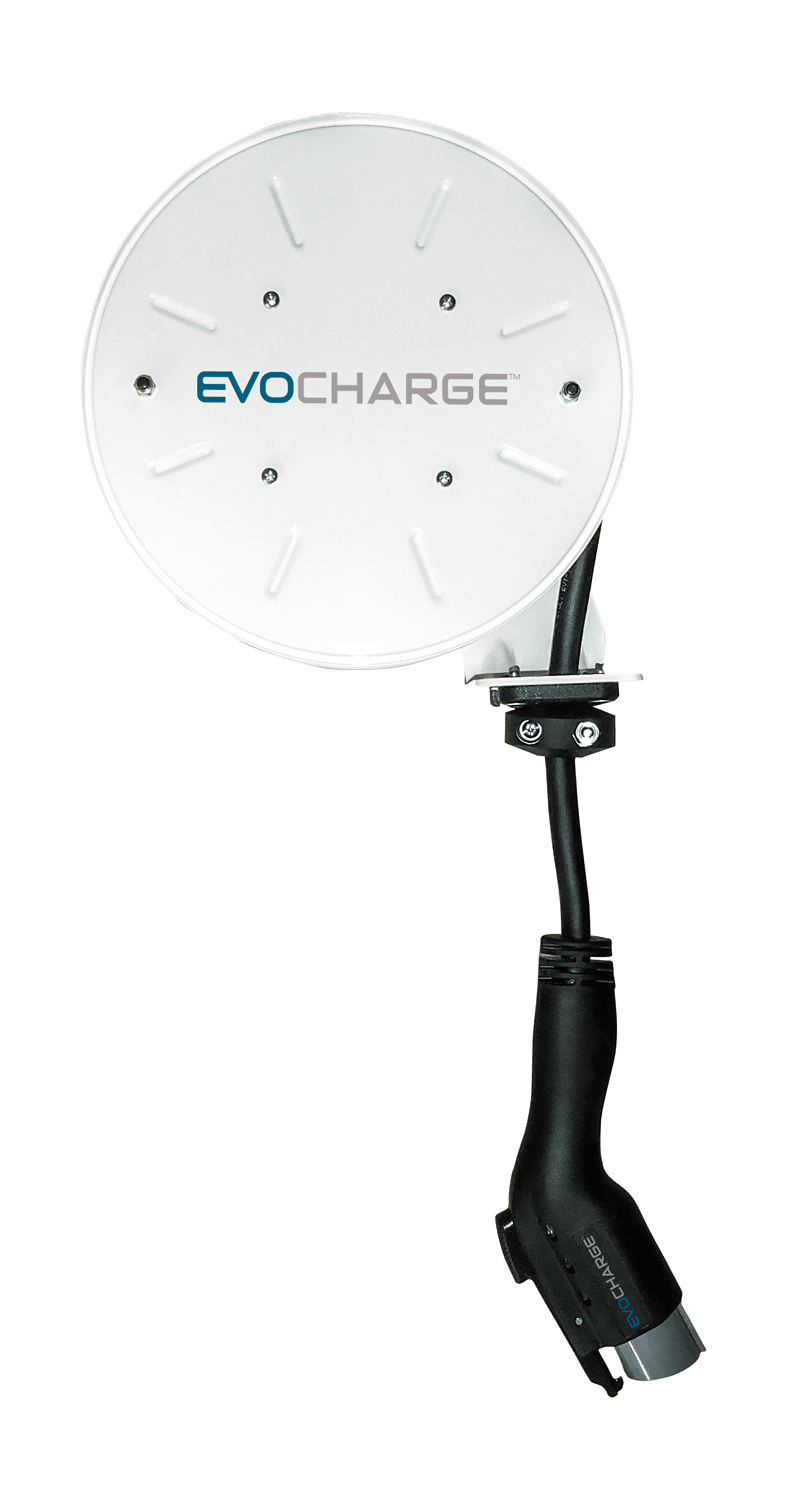

Innovative Charging Solutions
Where there is a problem to solve there are entrepreneurs at the ready to provide a solution. For the homeowner without a garage, these include curbside chargers, wireless charging, portable batteries, and charging that comes to you.
Street Light/Utility Pole Chargers: Several cities including Kansas City and Los Angeles have begun deploying or will install soon, EV chargers mounted on utility and street light poles.
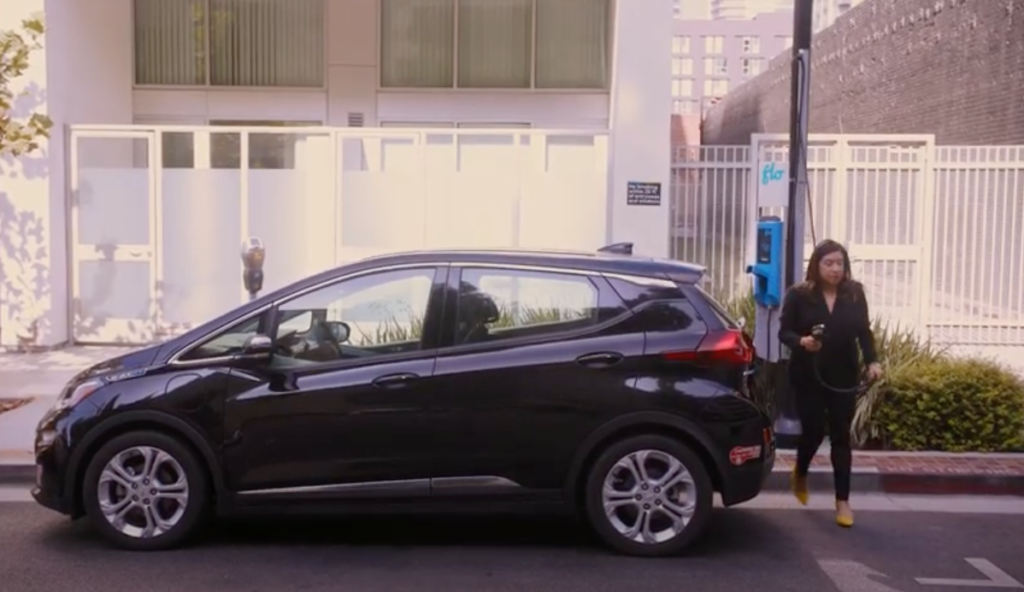
Curbside and Pop-Up Chargers: Designed specifically for urban homes without off-street parking, a number of companies have developed chargers that pop up from the ground in sidewalks or short pedestals that look almost like bollards. Because fewer homes in the UK and especially in dense cities like London have garages, most of the companies offering some form of curbside and pop-up charging solution are in the UK. They include Urban Electric, Trojan Energy, and Rolec.
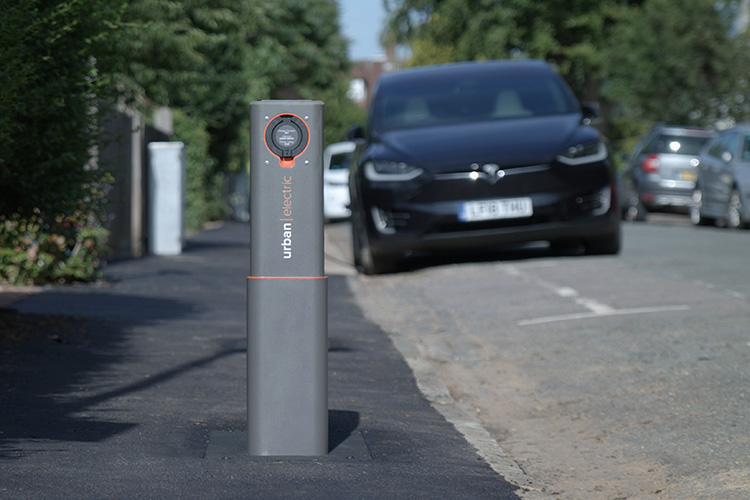
Mobile Charging As A Service: One of the more intriguing approaches to solving the “EV charging challenged” market are mobile on-demand charging services. As an EV driver, you order the charging service from a mobile app on an as-needed basis or via monthly plan. These charging services will come charge your EV whether parked in front of your house, where you work or got to school, or while at the shopping mall. Globally I’ve discovered several companies entering this market, including Evoltify, Oomph, and SparkCharge with its Currently solution.
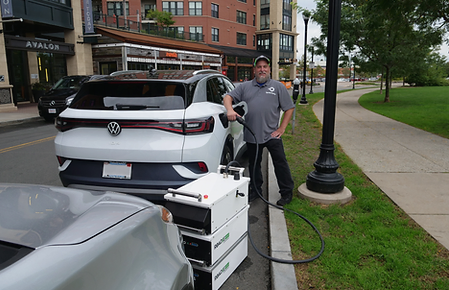
Portable Battery Solutions: An emerging market opportunity is for personal portable chargers that you charge inside your house, apartment, or condo and then roll out to your car in your driveway or streetside to charge your EV. One start-up company in the UK, ZipCharge has developed a portable charger called the ZipCharge Go that is about the size of a luggage roller bag. Benefits of solutions like the ZipCharge Go are that it can be used to power and charge other devices such as power tools and TVs at outdoor events and used as a power backup for your home.
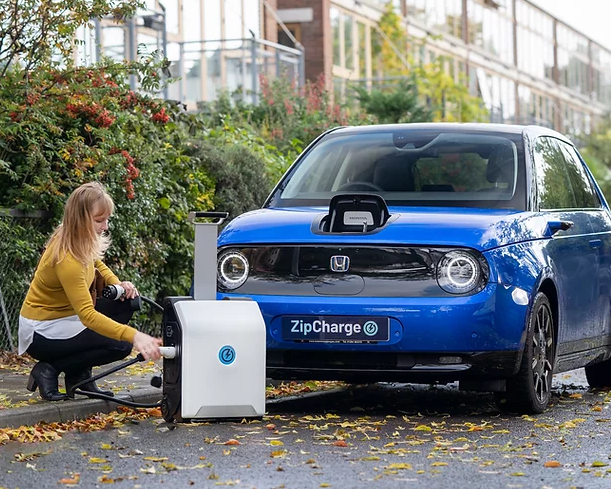
Wireless Charging: Another solution that holds huge future promise is wireless charging, which simplifies and improves the EV charging experience. With wireless charging, you simply pull your EV over the wireless charging pad (primary coil) and your EV and charging pad recognizes each other, and after accepting the “start charging” prompt on your car’s navigation screen — the charging begins.
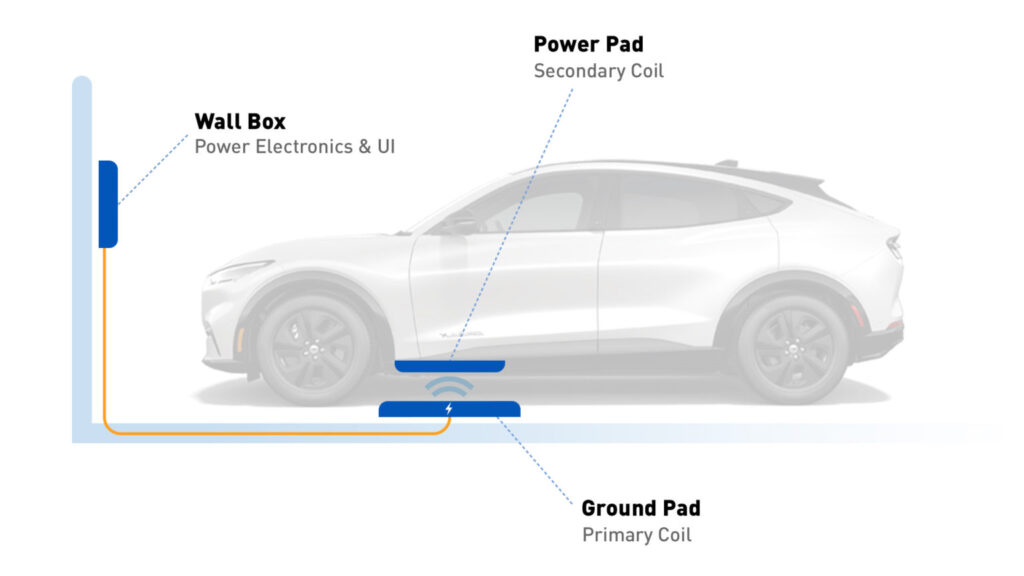
The benefits of wireless charging are that as an EV driver you don’t need to get out of your car, start the payment process, and plug the charging connector into your EV. This is especially of value during inclement weather or upon returning to your car and having to deal with heavy cables while carrying a baby or heavy grocery bags.
The downside of wireless charging is that at least today no EVs available in the US have the necessary secondary wireless coil either standard or as an option. (This will change in the next few years and Plugless Power, WiTricity, and HEVO all offer aftermarket solutions.) Secondly, wireless charging equipment is more expensive and at least with residential installation in a driveway, there would be an additional cost to trench the driveway (if desired) to bury the cable between the charging pad and the wallbox. The major companies in the wireless EV charging market include WiTricity, Momentum Dynamics, Plugless Power, and HEVO.
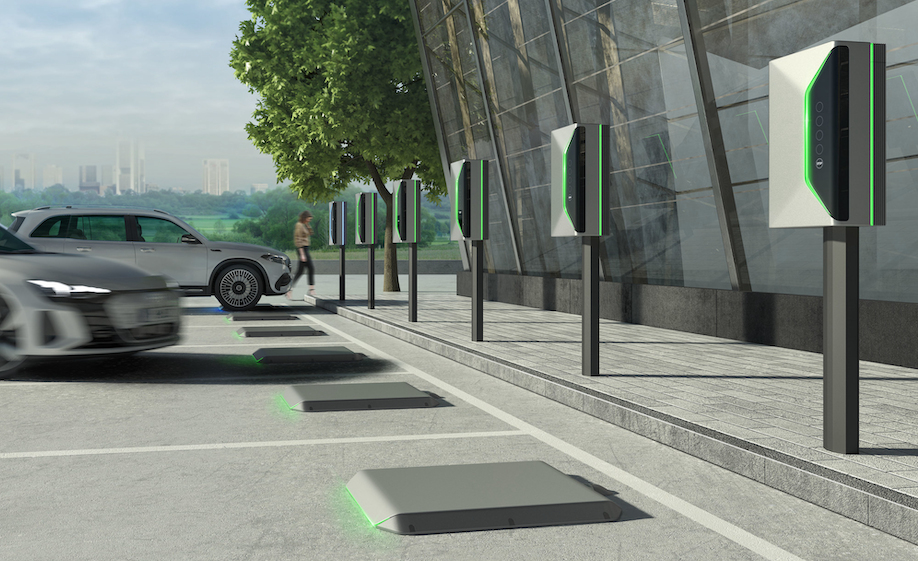
Traditional Public/Private Charging Options
In addition to all of the above potential solutions for homeowners without convenient access to charging, a variety of traditional public and private charging options can help address this issue. These include, but are not limited to the following:
Workplace: For those EV owners who commute and have access to chargers at their place of employment, workplace charging can become their substitute for at home charging. The downside of course is if charging is needed over the weekend or you are unable to access chargers on certain days due to too many fellow employees occupying the chargers.
Retail/Restaurants: One of the most popular locations for EV chargers are shopping malls, outlet malls, and retail store parking lots such as Target and Walmart, both of which have many Tesla Superchargers and Electrify America DC fast chargers. And companies like Volta Charging offer free Level 2 charging at shopping malls, strip malls, and in front of supermarkets such as Whole Foods. And expect to see more and more restaurants and coffee shops such as Starbucks add DC fast chargers to their locations. EV drivers might charge at a combination of these location types during lunch, on the commute home, and on weekends.
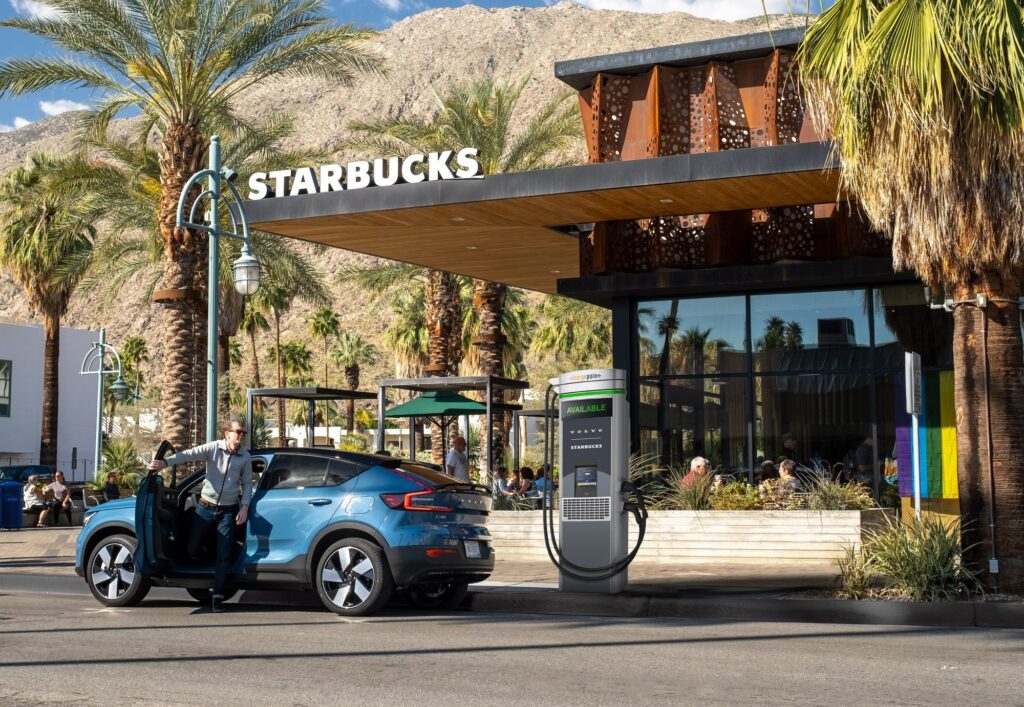
Convenience Stores: While many people believe that gas stations are not the future model for EV charging, what they miss is that the standalone gas station model is already a thing of the past. Today in the US the vast majority of gasoline is purchased either at large retailers like Sam’s Club, Costco, and Safeway or convenience stores. And in fact, many of the major convenience store chains have now begun adding DC fast chargers to their store locations.
Circle K has plans to add chargers at 200 stores in North America by 2024 and 7-Eleven plans to add DC fast chargers at 500 North American locations by the end of 2022. Many other convenience store chains including WaWa, Sheetz, Casey’s, and Kum & Go are partnering with Electrify America and Tesla, among other charging providers. Phillips 66 recently announced a partnership with FreeWire Technology to deploy their Boost Charger which combines battery storage with DC fast charging. Shell Recharge has plans to operate 500,000 charge points by 2025, but it is unclear how many of these will be at Shell retail locations in the US.
While not an ideal solution for homeowners without access to charging in their garage, for some EV drivers, stopping at a local convenience store 2-3 times per week — for coffee and a muffin in the morning, a sandwich for lunch, and picking up a few needed groceries on the way home in the evening.
Mass Transit Parking Lots: And for those drivers who commute to work via mass transit buses and trains, charging your EV while it sits in the transit parking lot for 8-10 hours is a great option. In 8 Reasons Mass Transit Parking Lots Make Ideal EV Charging Centers I shared the while transit parking and EVs are a perfect match.
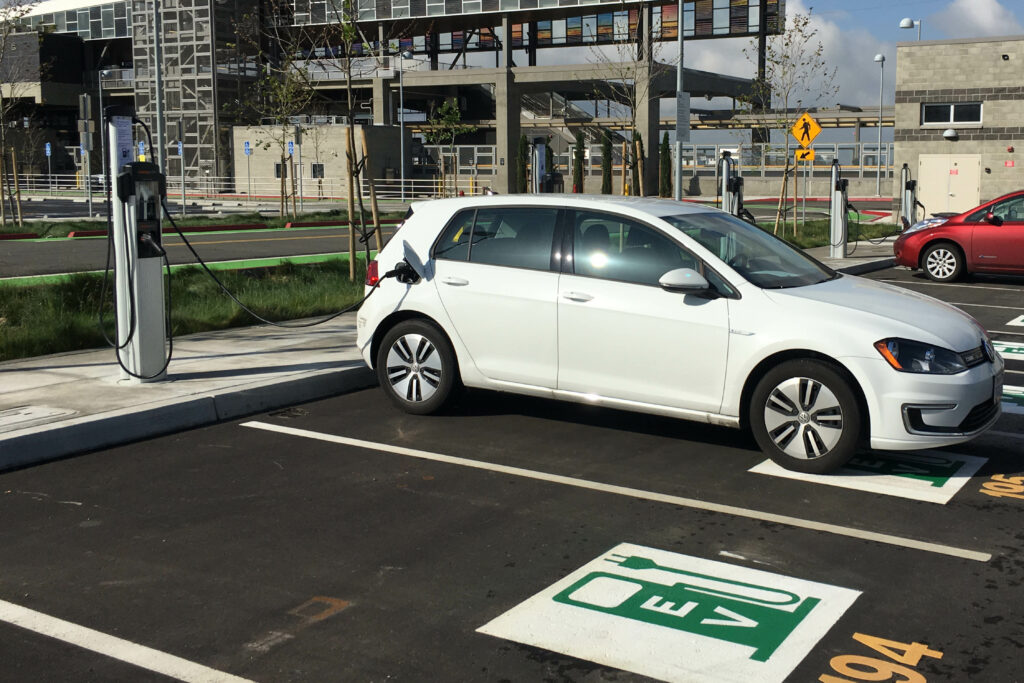
Do you have a garage full of junk and park your EV in the driveway? Let me know in the comments what your solution is to charging? Did I miss any approaches or do you have some great ideas to address these homeowner situations? Are you a start-up with a great solution? Let me know.
 Announcing the acquisition of EVAdoption by Paren →
Announcing the acquisition of EVAdoption by Paren →

3 Responses
all of the solutions you describe do not take into account the issue you raised at the beginning that charging in cold weather is less efficient.
Dick, thanks for the comment and great point. This is where thermal battery management and software will help out – keeping the battery pre-conditioned and warmed up. And software + mobile app where the user sets how much range they need and by when and the software will then set a charging schedule to meet those requirements. But in the end, yes – EVs in extreme cold weather are better suited to parking inside. All that said, I’m confident that over time technology solutions will solve this problem.